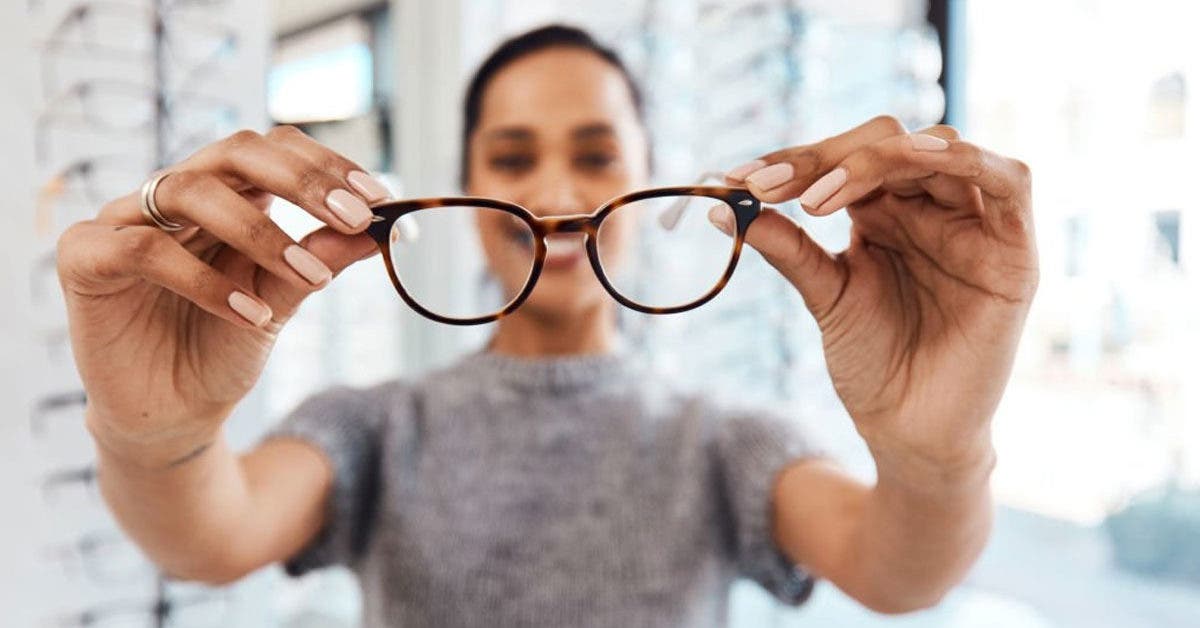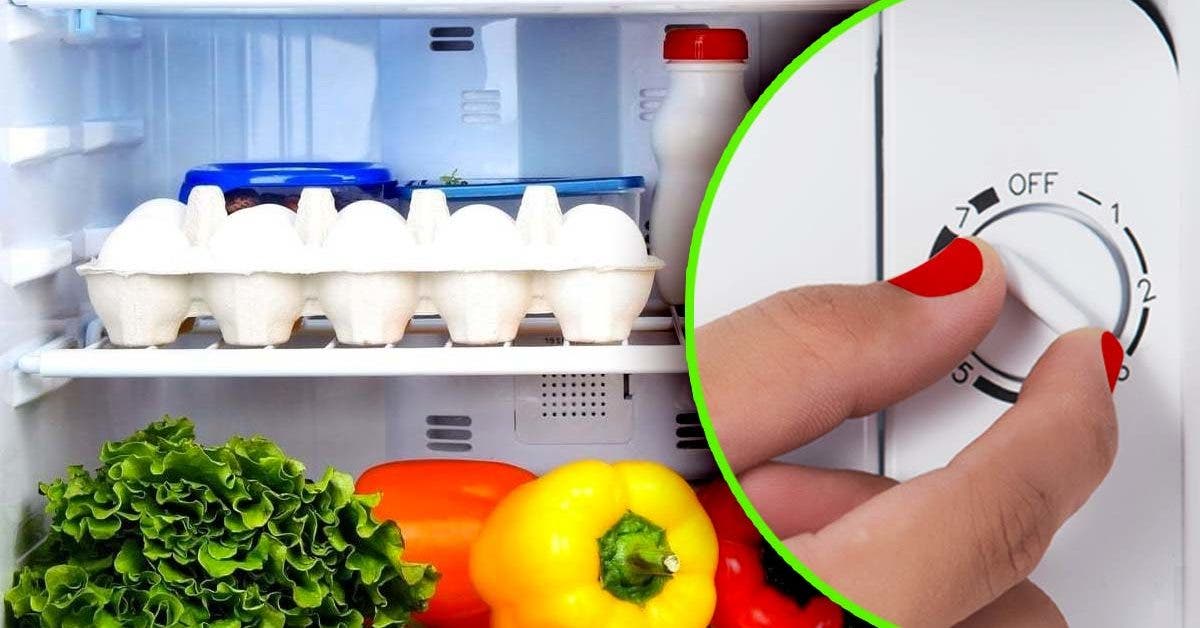What are myopia control solutions?
The prevalence of myopia is increasingly at the center of concern at the international level. In France, the number of myopes is estimated at 40 % Population. On the Taiwan side, research confirms an increase of nearly 50% in over the past 50 years. At the same time, on a global level, forecasts announce a future growth of this epidemic from 2 billion in 2000 to 5 billion in 2050. Faced with this state of alert, certain measures have been put in place to curb the spread of this epidemic from a young age. Focus on some myopia control solutions.
Prescribing night lenses
Also called orthokeratology, wearing night lenses is an effective visual correction technique originally designed for adults. This innovative solution has nevertheless shown remarkable performance in controlling myopia in children and young people.
Indeed, thanks to the remodeling of the cornea, the lens at night slows the progression of the axial length by 20%. In general, the studies carried out in this direction have shown a myopic slowing rate which varies from 32% to 50% over a period from 20 to 60 month. Depending on the degree of myopia, the specialist can advise you:
The DRL® night lens suitable for myopia up to -7, diopters
This is a rigid lens perfectly suited to correct the level of myopia up to -7,00 diopters. It is equipped with a double reservoir of specific tears which guarantees enhanced treatment efficiency thanks to better centering, as well as better comfort on the eye. In other words, it is an effective myopic control solution.
The DRL® night lens suitable for myopia below –4,00 diopters
This night lens is equipped with a unique low myopia support system. Specifically, it incorporates an optimized optical zone which makes it possible to refocus the addition zone. It is also necessary to underline the double tank which guarantees an effectiveness of the reinforced treatment.
In summary, the prescription of the night lenses is one of the solutions of control of myopia the most effective in slowing the progression of myopia.
Sometimes for various reasons, the use of night lenses is not recommended. With this in mind, your optometrist can recommend multifocal lenses. These are accessories adapted with particular geometries.
Specifically adapted to correct presbyopia, these lenses can also be prescribed to slow the progression of myopia . Also, soft multifocal lenses are able to reproduce the peripheral defocus obtained with night lenses.
Furthermore, with the sometimes expensive cost of orthokeratology lenses, multifocal soft contact lenses are a better compromise to slow myopic progression.
Clean glasses – source : spm
Pharmacological treatments
Many researchers have conducted research on the use of atropine for the control of myopia. According to these studies, promising results were recorded with a lower concentration of atropine. However, it should be emphasized that the treatment is not exempt from significant side effects.
Apart from atropine, pirenzepine is the other selective muscarinic antagonist used in pharmacology to slow myopic progression. According to studies, the slowdown rate in question here would amount to approximately 40 %.
In summary, for the control of myopia, it is more judicious to favor functional treatments, in particular orthokeratology . However, pharmacological treatments are a very interesting alternative.
Read also 342908Why do we see strange things floating in front of our eyes?




